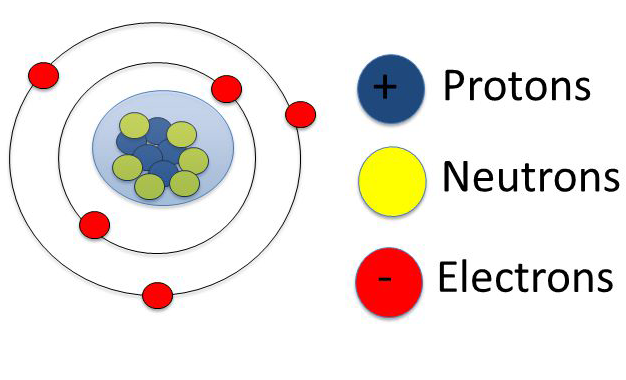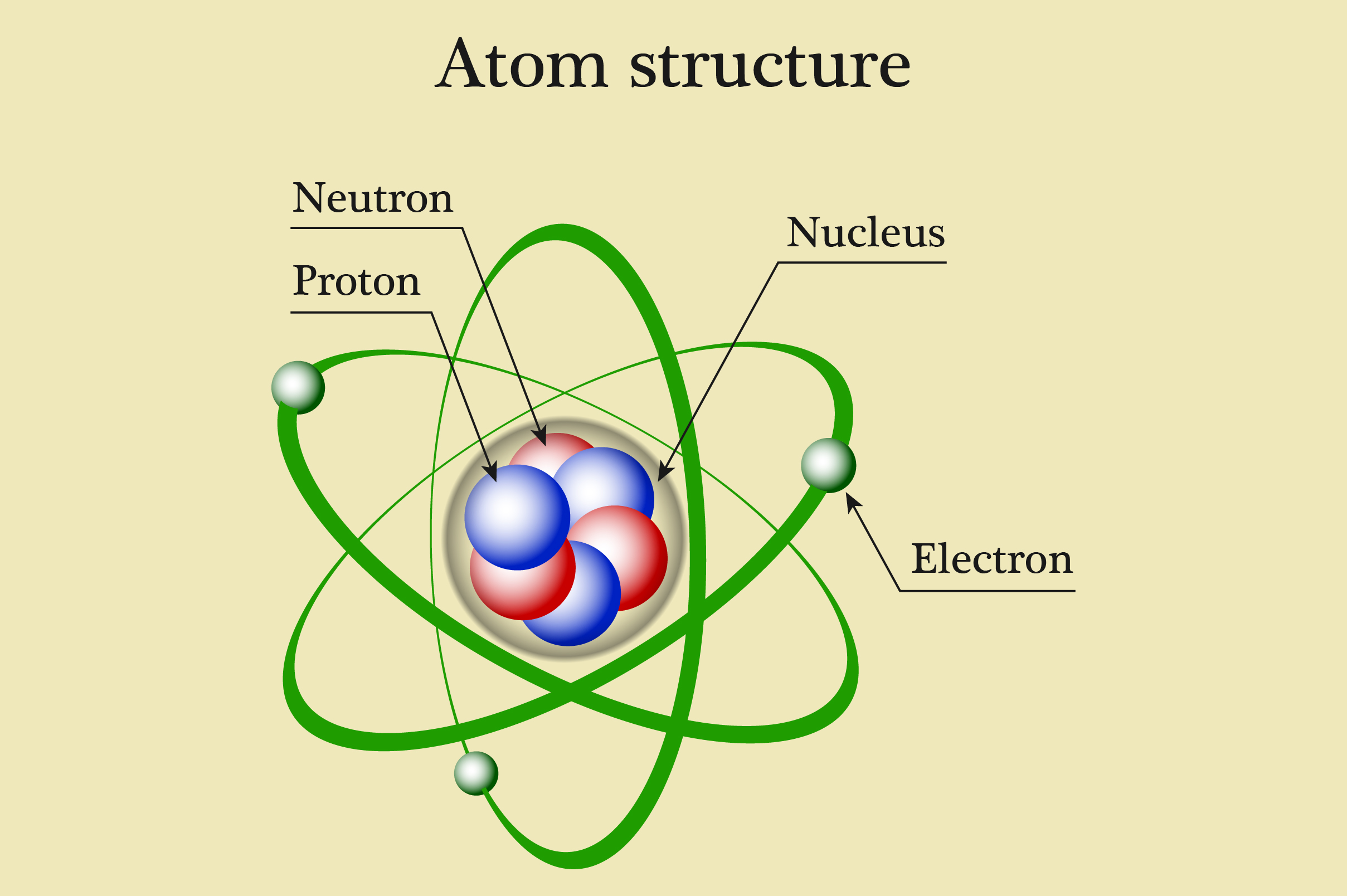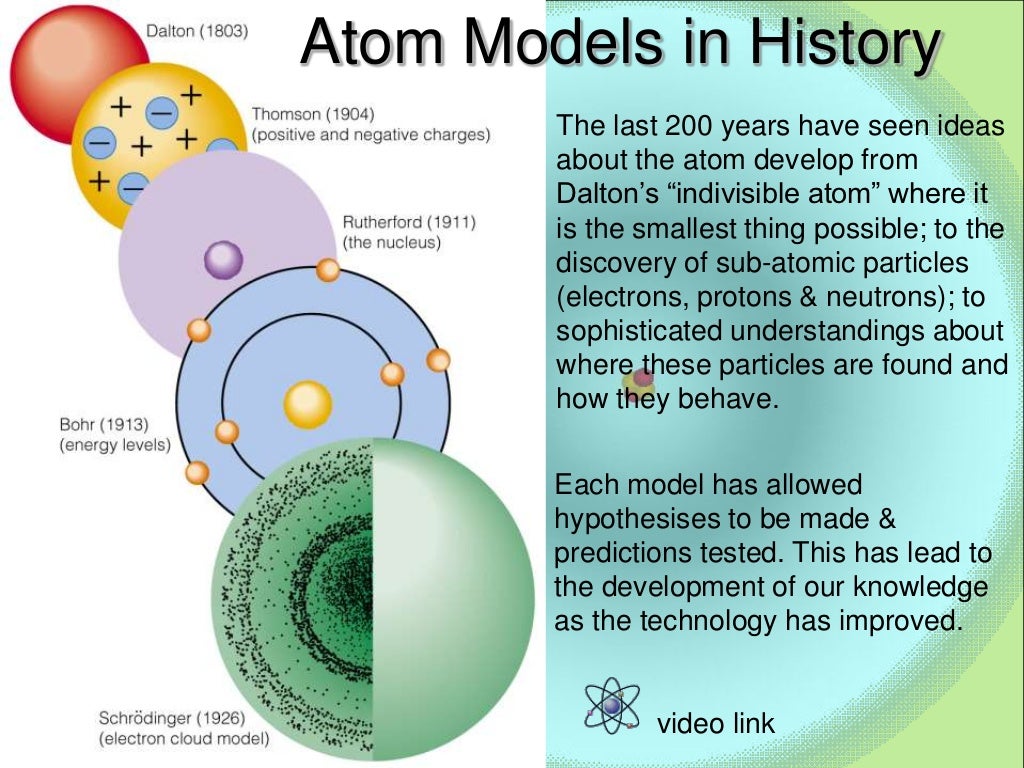

(NL-N-lobe, CYC-Cyclin) CKII phosphorylated Cdc37 captures the open state by binding the kinase C-lobe (II). Interactions with co-factors (like cyclins, SH2/SH3 domains, etc.) stabilizes the kinase native state, disfavoring the open state. (I) The kinase domain transiently samples an open state. (C) Speculative model for an Hsp90:Cdc37:Kinase cycle. By comparison with non-clients (solid line), the active and inactive states of client kinases (dashed line) are de-stabilized. The Hsp90:Cdc37 stabilizes such an unfolded intermediate (orange solid line) (B). (A) Transitioning between states through an unfolded intermediate (dashed line) has a lower energy barrier than through rigid body motion (solid line). On the basis of this structure and an extensive amount of previously collected data, we propose unifying conceptual and mechanistic models of chaperone-kinase interactions.Ĭopyright © 2016, American Association for the Advancement of Science. Finally, Hsp90 clamps around the unfolded kinase β5 strand and interacts with exposed N- and C-lobe interfaces, protecting the kinase in a trapped unfolded state. Cdc37 mimics part of the kinase N lobe, stabilizing an open kinase conformation by wedging itself between the two lobes.

Surprisingly, the two lobes of Cdk4 are completely separated with the β4-β5 sheet unfolded. Here we report a 3.9 angstrom cryo-electron microscopy structure of the Hsp90-Cdc37-Cdk4 kinase complex.

Our structural understanding of these interactions is lacking, as no full-length structures of human Hsp90, Cdc37, or either of these proteins with a kinase have been elucidated. However, both the mechanism by which these chaperones assist their "client" kinases and the reason why some kinases are addicted to Hsp90 while closely related family members are independent are unknown. The Hsp90 molecular chaperone and its Cdc37 cochaperone help stabilize and activate more than half of the human kinome.


 0 kommentar(er)
0 kommentar(er)
